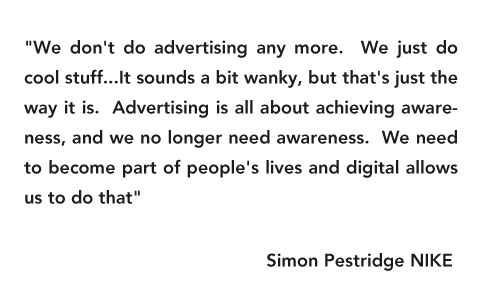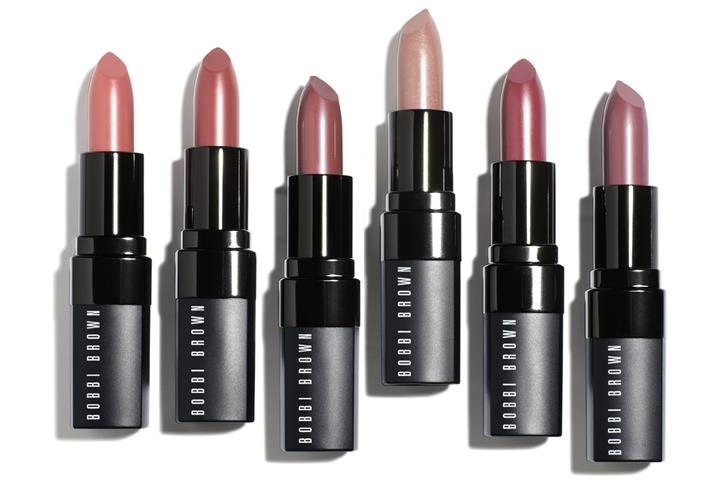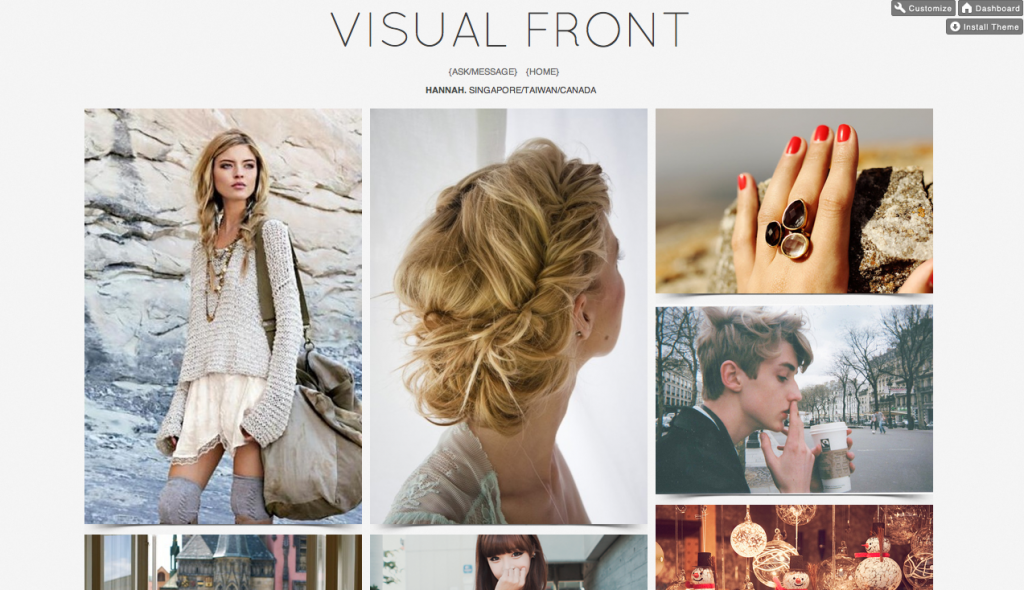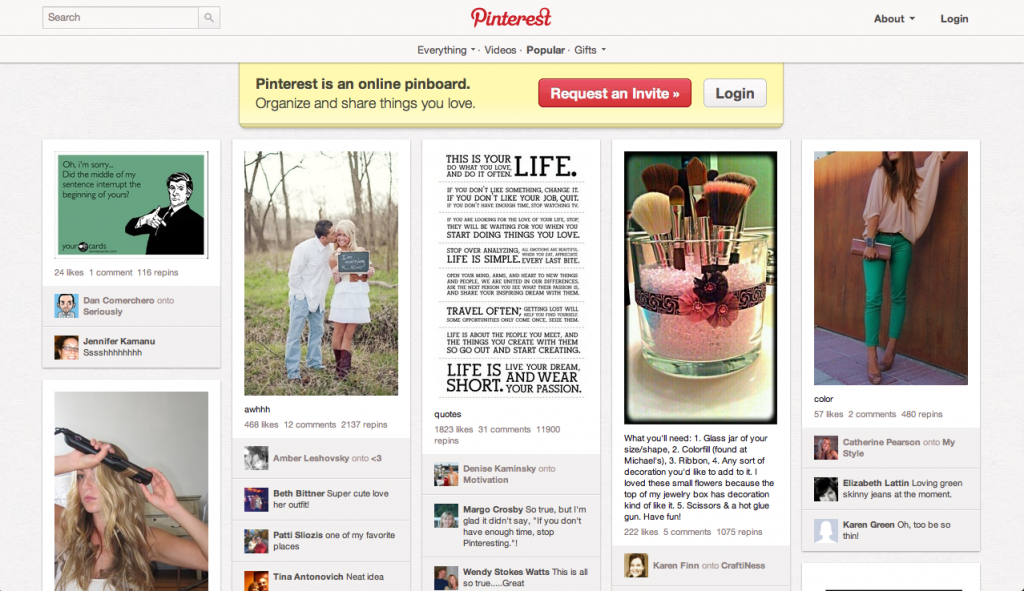While the last post addressed my reservations towards social media, I can’t deny how much some social media platforms have now became a fabric of our digital culture. Perhaps not 100% relevant to me, but it’s reality that things like Twitter and Facebook are now ingrained within our digital DNA and is reflected in how we connect with one another.
News no longer “breaks” – it tweets. In such a short amount of time, we have become the architects of a new media alert system – the “Twitter News Network” (TNN). Twitter is now the most efficient global information network in existence today.


I no longer rely on traditional news channels to track breaking stories, I just go on Twitter! In fact, Twitter helps in one critical way – it filters news for me because of my prior selections (on who to follow). Since I follow only people I like, or are like-minded, there’s a big chance that whatever news catches their attention, will be of interest to me.
Twitter represents an extremely promising integration of new media, relationships, traditional media and information, forming a highly connected human network.


It’s slightly trickier for brands to find the right people to follow but here are a couple of 3rd party tools that allow for more advanced searches:
- Monitter: Real time twitter search tool that enables you to monitor a set of keywords on twitter. It also allows you to narrow the search to a particular geographic location, allowing you to find out what’s going onin a particular part of the world.
- Tweepz: Search for twitter accounts based on names, locations and keywords.
What is your take on Twitter?
As a sidenote: this just caught my eye <Twitter secrets for sale: Privacy row as every tweet for last two years is bought up by data firm> Referring back to my previous post, HAH! I knew my reservations were perfectly sound.
Images by Infographic Labs









